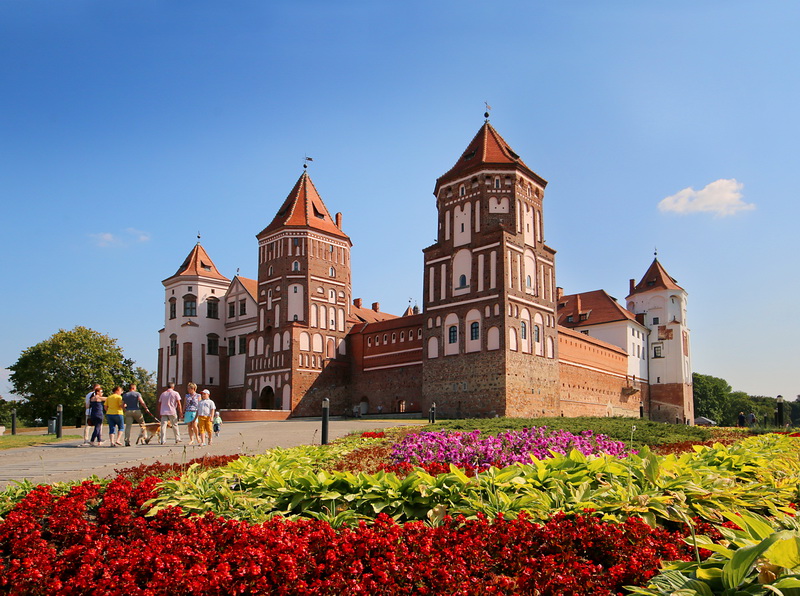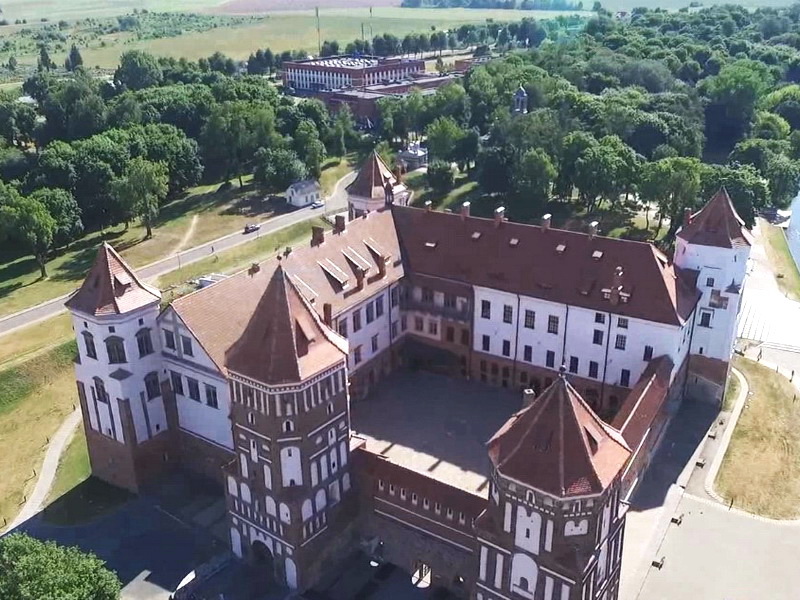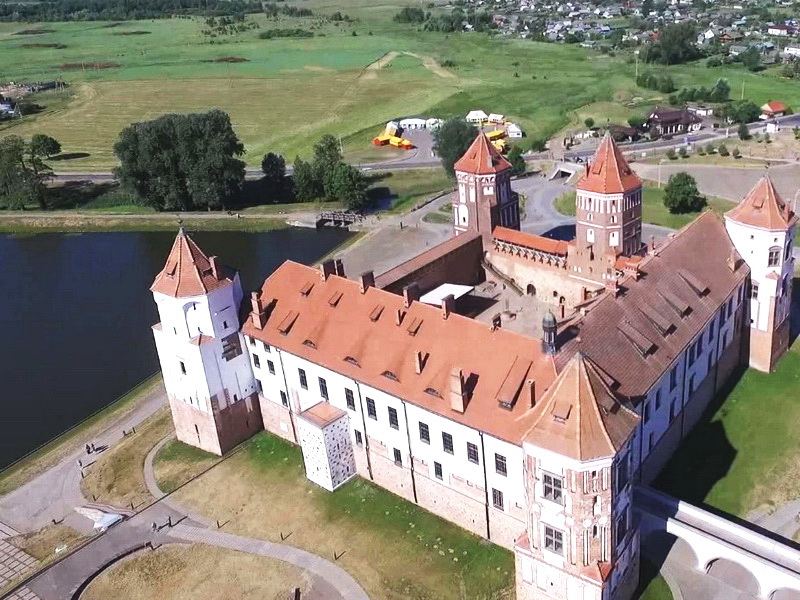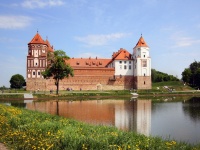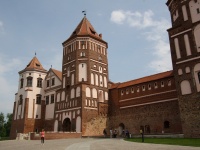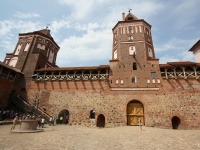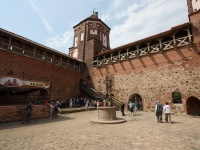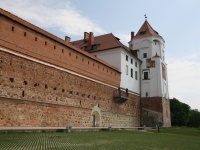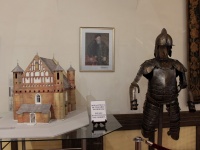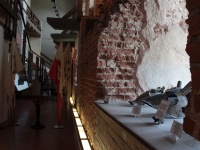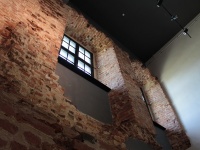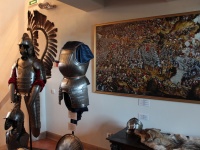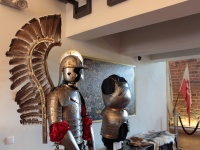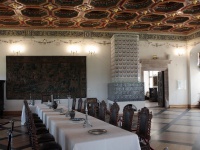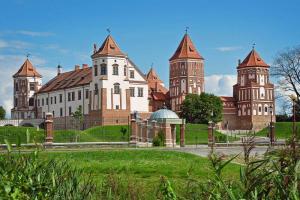Search
Mir Castle Complex
ICONIC PLACES
Description
Mir Castle is a monument of medieval architecture located in the urban village of Mir. It is a former defensive fortification and residence of the famous families of Ilyinich, Radziwill, Wittgenstein and Svyatopolk-Mirsky in Belarus. The architectural complex of theMir Castleincludes a residence-fortress, earthen ramparts, a picturesque park created in the English style, an Italian garden, a pond, a chapel-tomb of the Svyatopolk-Mirsky family, a watchman’s house, and a roadside chapel.
The town of Mir was first mentioned in chronicles in 1395 in connection with the raids of the crusaders. The exact date of the start of construction of the stone castle is unknown. However, according to some historians, most of it was built in the XVI-XVII centuries on the site of a feudal estate, among the plains, not far from the Miranka River. The founder of the Mir Castle is considered to be the gentry family of Ilinich.
From 1522 to 1526 four towers were erected. They had the shape of octagonal prisms located on tetrahedral ones, with a height of 23-25 m. Later, walls about 75 m long were built, which connected the towers. As a result, the castle acquired a square shape. The fifth tower was built in the middle of the western wall, facing Vilnia. It once served as the only entrance to the castle. There was a prison in its basement, and a chapel on the second floor. From here they lowered the metal grate that protected the wooden entrance gate of the castle. The thickness of the walls of theMir Castle, built with three-layer mixed masonry of brick and stone, reached 2 m in the upper part and about 3 m in the lower part. The walls also had weapon loopholes.
In 1569 Mir Castle became the property of the Radziwill family,who continued its construction. Gradually it acquired Renaissance features. Near the castle there was an earthen rampart about 9 m high with fortified citadels in the corners. Behind it there was a moat, which was constantly replenished with water from the Miranka River and the dammed Castle Creek. Now it was possible to get inside the castle only via a special drawbridge thrown over the pit. From then on, the Mir Castle became the permanent residence of the counts Radziwill. Soon, in the courtyard of the fortress near the northern and eastern walls, a three-story palace was built according to the design of the architectMartin Zaborovsky. Its first floor and dungeon were used as an armory and food warehouse. The footmen and the entire county administration were located on the second floor. The third floor was reserved for the princely chambers, which were connected by a staircase and a special stone bridge with the “Italian garden”. One-story service buildings were built along the southern and western walls of the castle.
In 1655 Mir Castle was captured by the Cossacks of Hetman Ivan Zolotarenko. Then wars began with Russia, and later with Sweden. As a result of the turbulent decades, the castle was badly damaged. It was restored only 80 years later. The castle now has a state hall, a dance room and a portrait gallery. The «Italian garden» was also restored.
In 1830-1840 Mir Castle goes to the Count Wittgenstein family.None of them had ever been to Mir. The castle gradually became empty and began to collapse.
In 1891 the estate was acquired by the military leader of the Russian Empire Nikolai Svyatopolk-Mirsky. The new owner is carrying out a complete reconstruction of his possessions: a small palace and a tomb were built in the estate, and a garden was also laid out. The princesSvyatopolk-Mirskytried to restore the castle towers and the eastern building. They also placed guards in the castle to protect the ancient estate from destruction.
During the Great Patriotic War, there was a Jewish ghetto in the Mir Castle.
In 2000 Mir Castle was included in the List of UNESCO World Heritage Sites. And 6 years later its active reconstruction, which was completely completed by the end of 2010.
Video review
Group tour schedule
Date
places
Individual and corporate excursions - Mir Castle Complex
On the map
Address
Republic of Belarus, Grodno region, Korelichi district, Mir, Krasnoarmeyskaya street, 2
Coordinates
